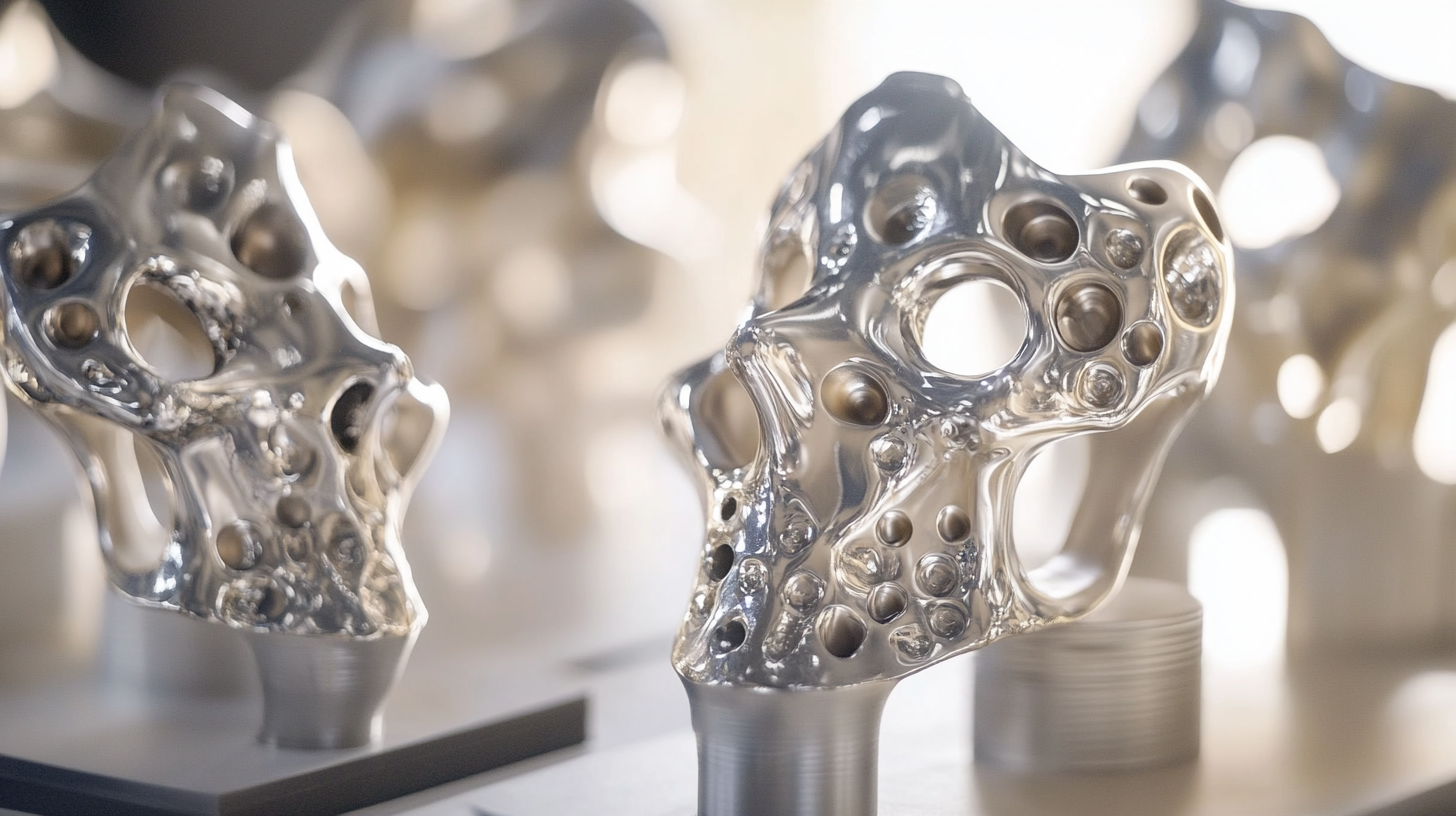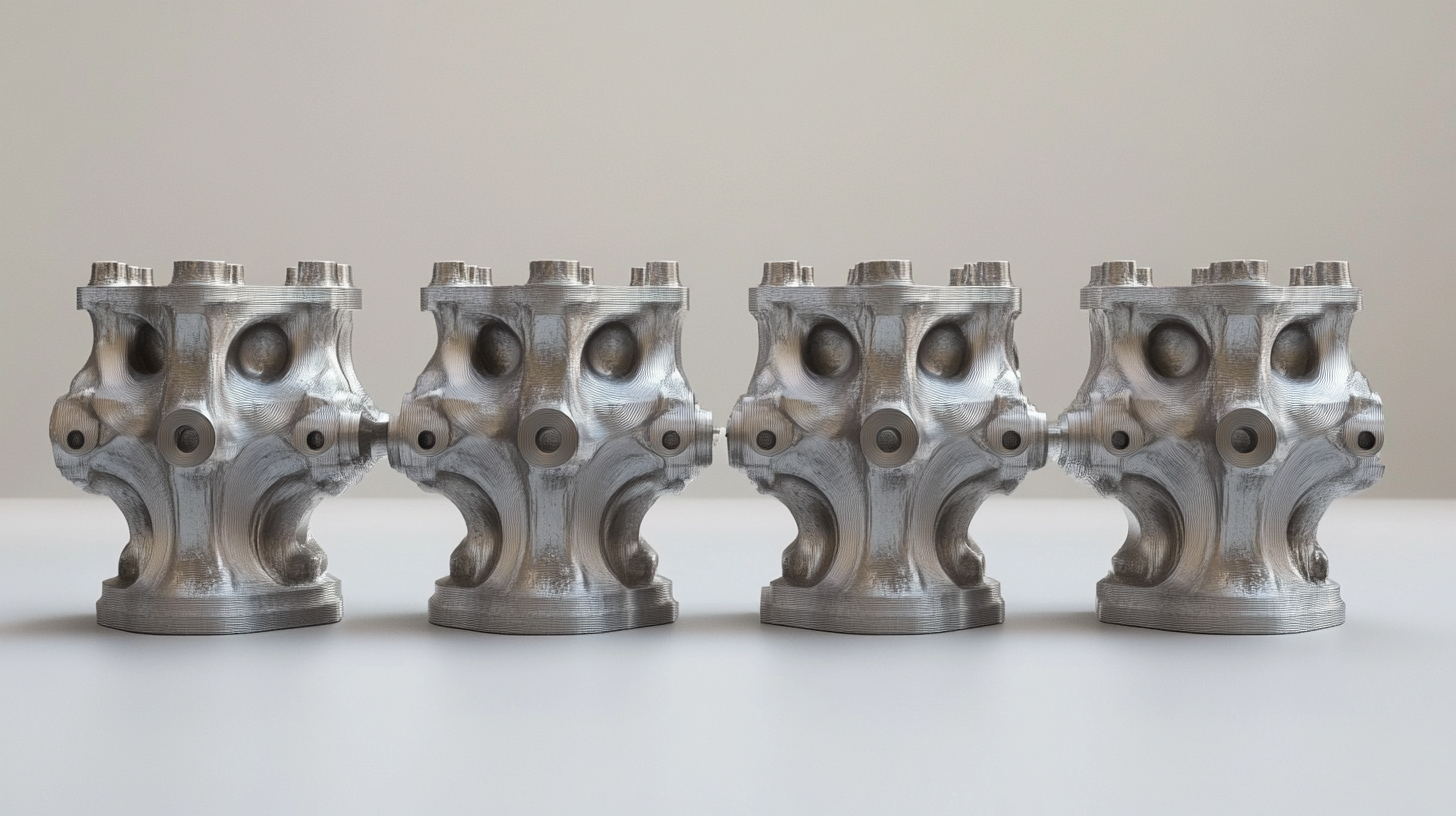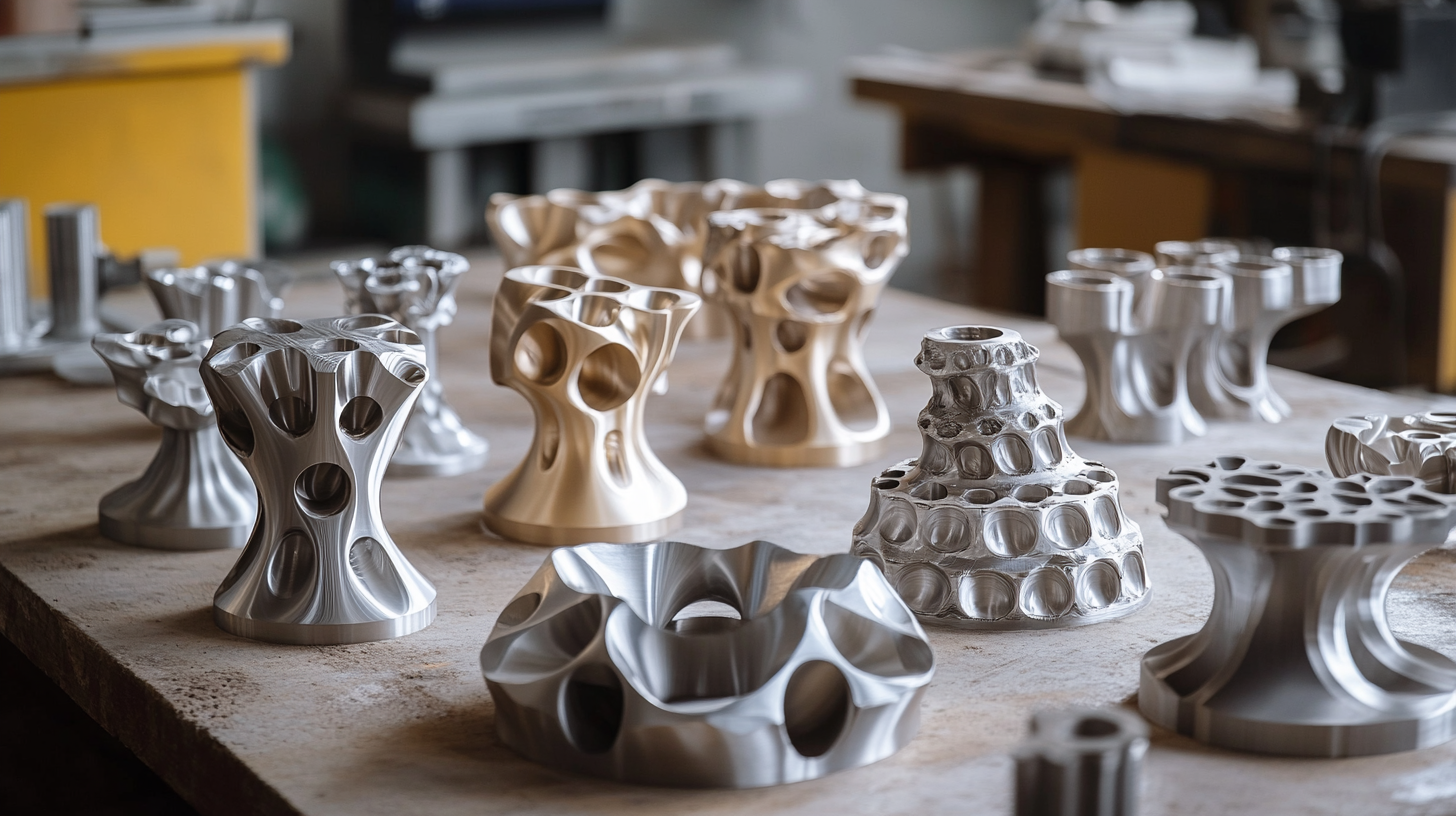Investment Casting, a precision metal-forming technique that has stood the test of time, plays a pivotal role in modern manufacturing, ensuring optimal product quality across various industries. As a method renowned for its ability to produce intricate shapes with tight tolerances, it combines traditional craftsmanship with advanced technology to cater to the demands of contemporary production. This blog aims to explore the intricacies of Investment Casting, detailing its processes, materials, and applications while highlighting best practices to enhance product quality. By mastering this art, manufacturers can not only improve efficiency and reduce waste but also elevate their competitiveness in a rapidly evolving market. Join us as we delve into the principles of Investment Casting and uncover how it can transform your product development and manufacturing endeavors.

Investment casting, also known as precision casting, is a method renowned for its capability to produce high-quality components with intricate geometries. This technique begins with creating a pattern, typically made of wax or thermoplastic, which is then coated with a ceramic shell. The pattern is heated, causing it to melt away and leave a hollow cavity that mirrors the original design. This process ensures that the final product is not only precise but also free from surface defects commonly associated with other casting methods.
Understanding the fundamentals of the investment casting process is crucial for achieving optimal product quality. Key factors such as temperature control, the choice of materials, and shell thickness play vital roles in the casting outcome. Proper temperature regulation during metal pouring is essential to prevent defects such as porosity and to ensure that the metal fills the mold completely. Additionally, selecting the right alloy is critical, as it directly affects the mechanical properties and performance of the final product. By mastering these fundamentals, manufacturers can significantly enhance product consistency and reduce waste, leading to both cost efficiency and higher customer satisfaction.
Investment casting, a precision manufacturing process, relies heavily on the selection of the right materials to achieve optimal product quality. The key materials used in this process include the ceramic shell, molten metals, and sometimes the investment materials such as wax or thermoplastic compounds. Each component plays a critical role in determining the final properties of the cast product, making material choice vital for achieving desired performance characteristics.
For instance, the quality of the ceramic shell influences not only the surface finish but also the dimensional precision of the final part. Using high-quality refractory materials ensures that the mold can withstand the extreme temperatures of molten metal, thereby reducing defects like cracking or warping during casting. Moreover, the selection of metals, whether it's stainless steel, aluminum, or superalloys, significantly impacts mechanical properties such as strength, durability, and corrosion resistance. Each metal has unique characteristics that must be matched to the specific application of the final product.
Additionally, advancements in material science have led to the development of specialty alloys and improved refractory materials that enhance the investment casting process. These innovations allow for greater design flexibility and improved performance, giving manufacturers a competitive edge in delivering high-quality components. By understanding the interplay between these key materials, companies can master investment casting and ensure that their products meet stringent quality standards.
Investment casting, a process known for its ability to produce intricate shapes with high precision, relies heavily on techniques that enhance its accuracy. One essential method is the use of advanced wax patterns, which can be crafted with exceptionally fine details. High-resolution 3D printing has revolutionized this practice, allowing manufacturers to create complex designs that traditional methods might struggle to achieve. By employing these modern fabrication techniques, companies can ensure that their wax patterns are not only precise but also more consistent, leading to a better overall casting quality.
Another vital technique involves optimizing the investment material and slurry composition. Using high-quality ceramics can significantly improve the dimensional stability and surface finish of the castings. By refining the mixing process and ensuring that all components are uniformly distributed, manufacturers can reduce defects such as cracks or surface imperfections that may arise during the casting process. Additionally, controlling the drying time and temperature of the molds can further enhance the final product's integrity, ensuring that each casting meets stringent quality standards.

In the world of investment casting, quality control is paramount to achieving optimal product results. According to a recent report from the Investment Casting Institute, over 68% of casting defects are directly linked to inadequate quality control measures during the manufacturing process. Implementing stringent controls not only reduces the incidence of defects but also enhances overall product performance and longevity.
To ensure optimal results, companies must focus on strategic quality control measures at every stage of the casting process. This includes meticulous inspection of raw materials, controlled melting processes, and precise temperature management. A study published in the Journal of Materials Processing Technology emphasizes that maintaining a temperature variance of less than 5 degrees Celsius during pouring can significantly decrease the likelihood of thermal stresses, which are a common cause of cracks and deformations in cast components.
Furthermore, comprehensive testing methodologies, such as non-destructive testing (NDT) techniques, play a crucial role in validating the quality of finished products. The American Society for Nondestructive Testing reports that utilizing NDT can help detect up to 90% of potential flaws prior to shipment. By investing in robust quality control systems, companies not only safeguard their reputation but also enhance customer satisfaction through the delivery of superior products.
Investment casting technology is undergoing significant transformations, driven by innovations aimed at enhancing product quality while addressing sustainability concerns. The latest advancements highlight a shift towards high-tech solutions that not only improve efficiency but also reduce energy consumption—this is crucial for an industry traditionally viewed as energy-intensive. Companies are increasingly turning to smart manufacturing techniques that integrate digital technologies with traditional casting methods, paving the way for a new era of investment casting.
The Aluminum Industry Conference recently showcased the collaborative visions of creative leaders who foresee a 2025 defined by sustainable design and innovative production techniques. Their insights indicate that the future of investment casting will not only focus on precision and quality but also on the incorporation of eco-friendly practices. By leveraging advanced materials and exploring new alloys, the industry is poised to deliver superior products that meet the growing demands of environmentally conscious consumers. This blend of creativity and technological prowess signals an exciting chapter in the evolution of investment casting, positioning it as a key player in the sustainable manufacturing landscape.





